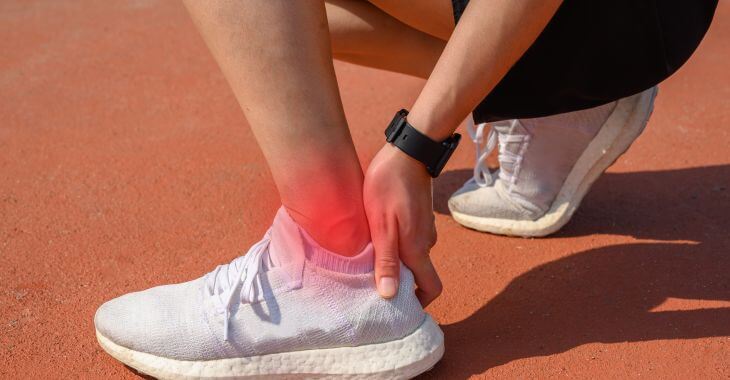What Is the Difference Between a Strain and Sprain Injury?
When you twist an ankle, or fall wrong on your knee, the injury can be a strain or a sprain, depending on the tissues involved. While the two can appear similar or interchanged in certain injuries, they are different. Both require care and may require medical attention like physical therapy to speed recovery. However, the type of care is different due to the difference in the injury.
Muscle Strains
A strain involves muscles or tendons being stretched beyond their limits. This can happen due to a quick change in motion, like twisting an ankle. Depending on the level of damage during a strain, the muscle or tendons can just be overstretched or torn. Typically, there will be pain associated with contracting the affected muscle.
Many mild strains can be overcome with rest of the affected muscles and tendons, allowing them to heal. In more severe strains, physical therapy may be needed to strengthen the muscles and improve motion as the area heals.
Ligament Sprains
Sprains involve the ligaments being forced out of their normal position. Ligaments hold joints in place and when pressure is exerted on the joint, the ligaments can be stretched or torn. When a sprain occurs, the joint can become unstable and very painful. Severe sprains can even require surgery if the ligament is completely torn.
Like strains, a ligament sprain involves medical care. It is more likely that physical therapy will be needed with a sprain to manage pain, swelling and other issues while the ligament heals.
Both strains and sprains should be examined by a doctor to determine the best course of care. Physical therapy is often recommended with both issues to speed recovery and restore full function.
Posted on behalf of:
Sovereign Rehabilitation
5555 Peachtree Dunwoody Road Northeast #225
Atlanta, GA 30342
(404) 835-3340
The information provided on this website, including text, graphics, images, and other materials, is intended solely for informational purposes and should not be used as a substitute for professional medical advice, diagnosis, or treatment.


)